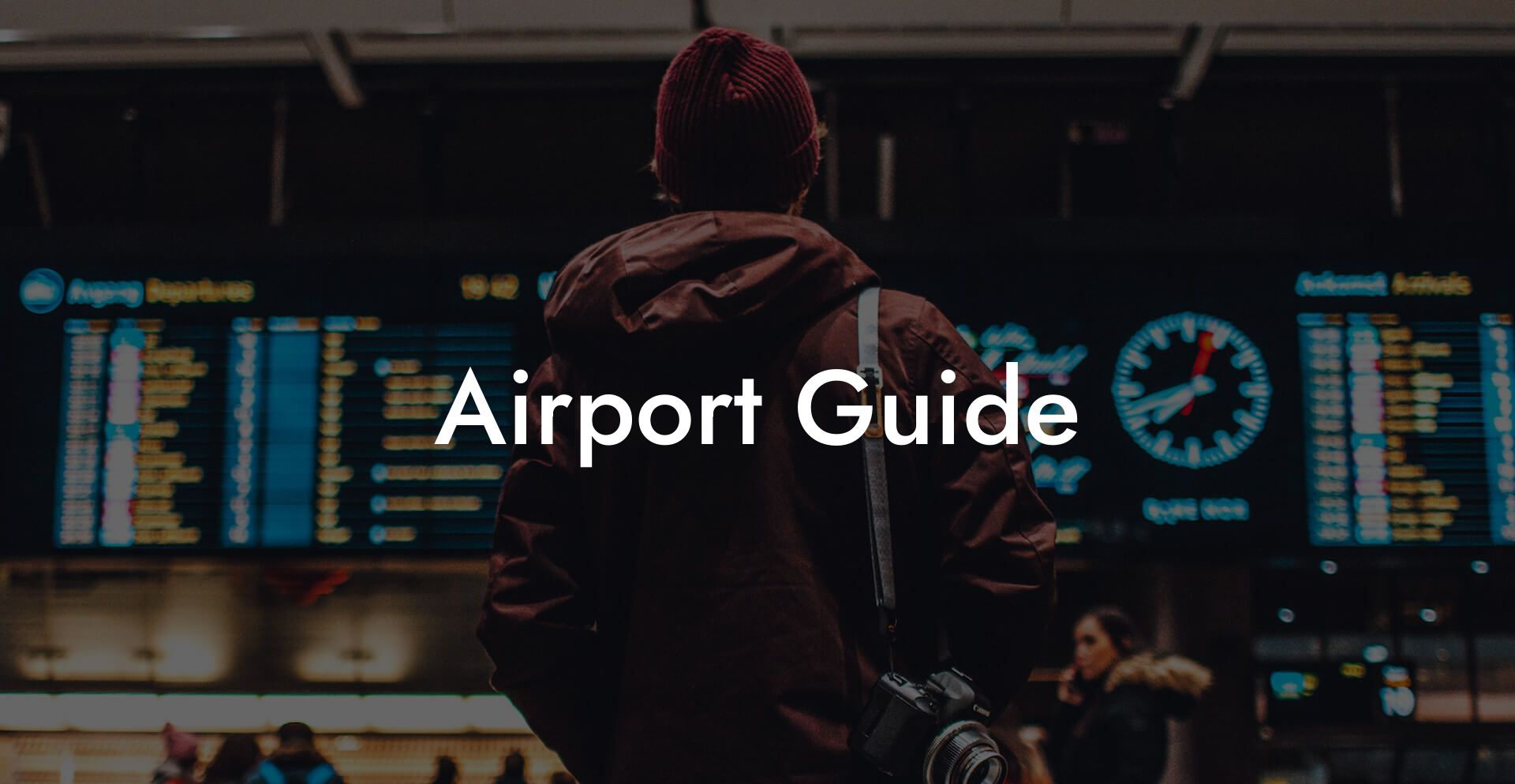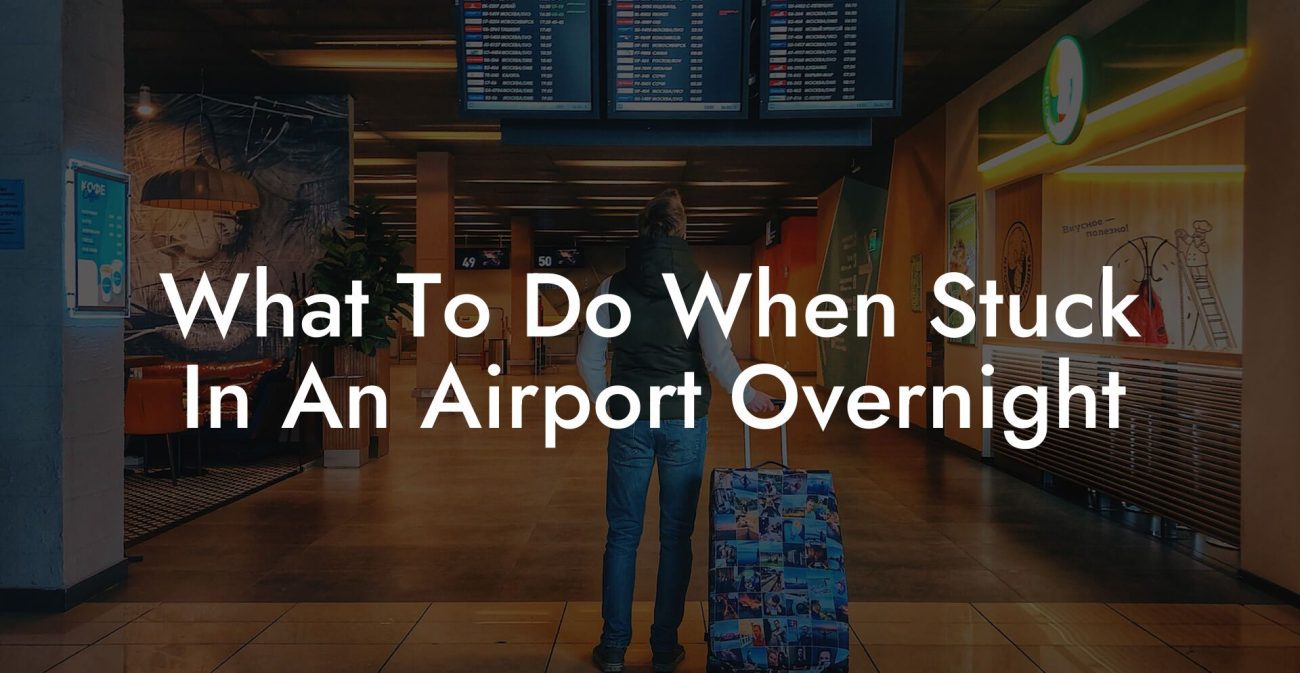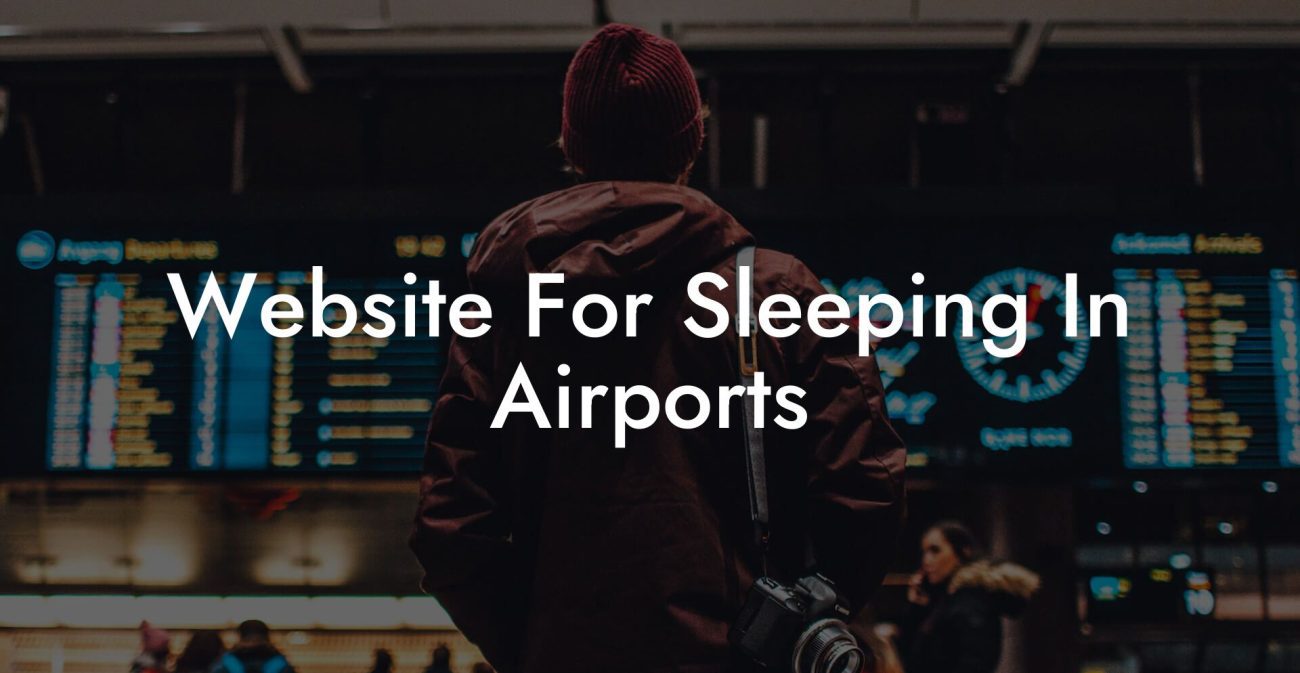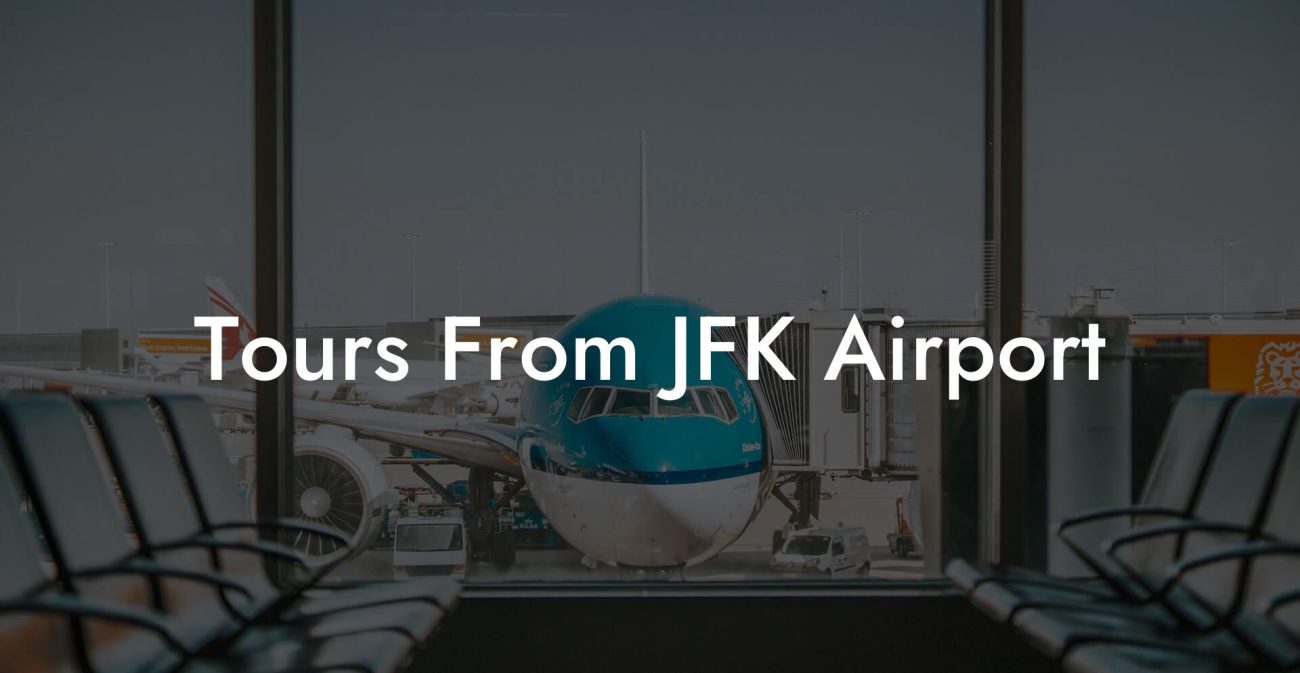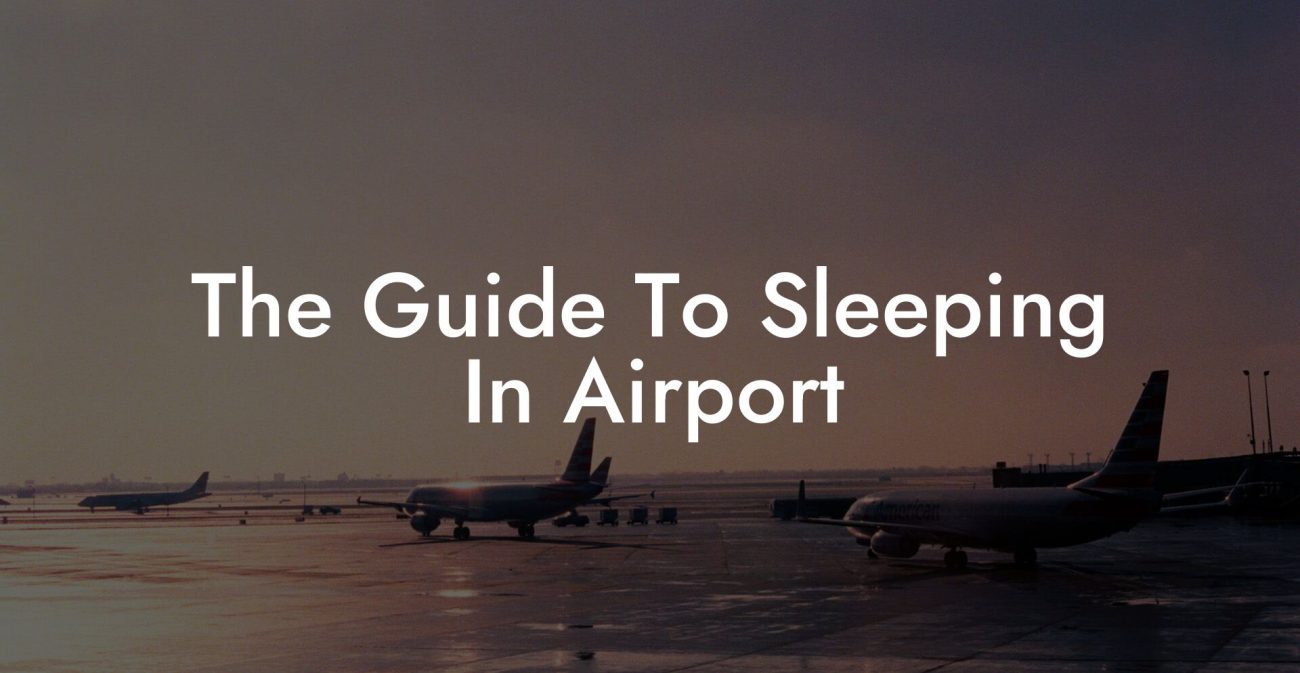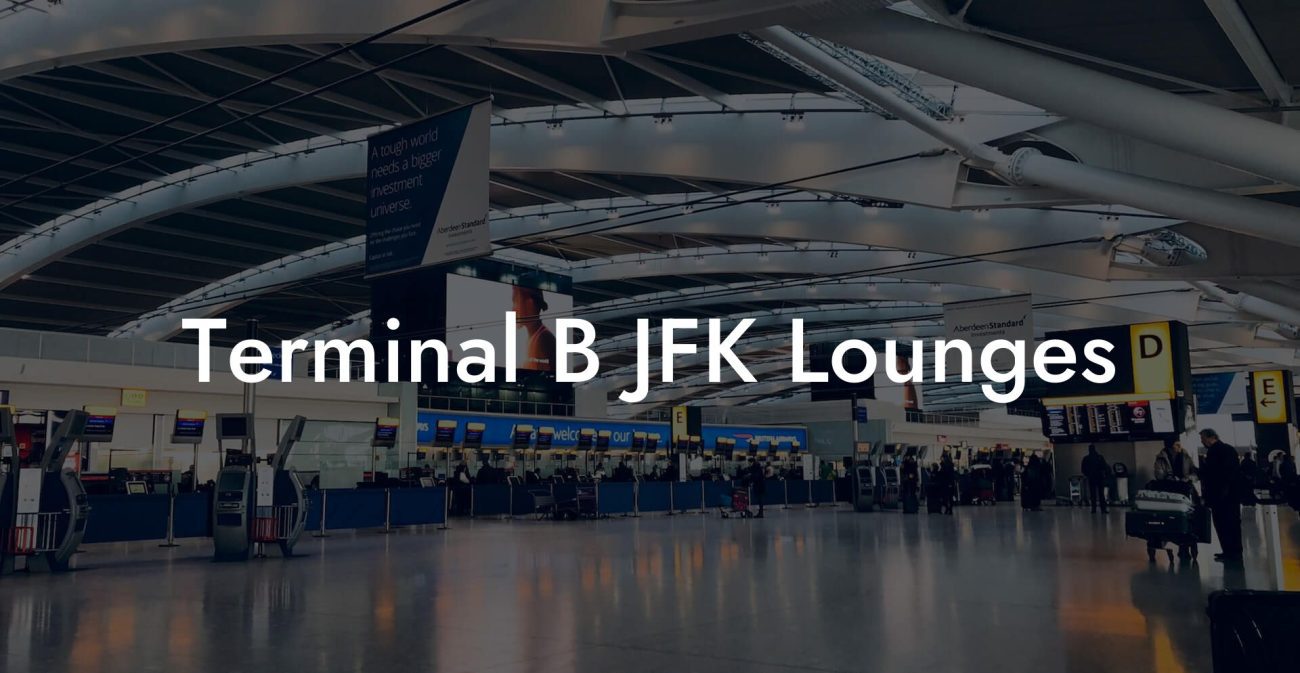Are you tired of stressful layovers, uncomfortable airport chairs, and overpriced hotels that are catered toward stranded travellers? Look no further than our comprehensive airport guide to familiarise yourself with the new concept of airport sleeping pods and make your next flight experience as enjoyable and restful as possible.
Airport Guide Table of Contents
In today’s fast-paced world, layovers are often unavoidable. The last thing you want to do when you have a quick stopover is panic about where to sleep, shower or just relax during your few hours at the airport. Airport Sleeping Pods is your key to unlock a world of hassle-free travel with the complete guide to this revolutionary service in the travel industry.
Airport Sleeping Pods 101
If you haven’t heard of airport sleeping pods by now, it’s time to introduce yourself to the game-changing trend in layover accommodations. These futuristic, private sleeping capsules are popping up in an increasing number of airports across the world. Designed to provide you with a short-term, comfortable and convenient place to rest your head, sleeping pods are changing the way travellers experience layovers. Some of the features you can expect to find in these snug havens include soundproofing, charging points, Wi-Fi, and even built-in entertainment systems.
To give you an idea of what to expect, let’s take a look at two notable examples of airport sleeping pods.
1. SnoozeCube: Located in Dubai International Airport, SnoozeCube provides weary travellers with a personal oasis in the form of soundproof chambers nestled within the bustling airport. Each sleeping pod at SnoozeCube is equipped with a full-sized bed, TV and personal storage space.
2. NapCabs: Munich Airport is now home to NapCabs, compact sleeping cabins providing travellers with all the essentials for a comfortable rest. Each soundproofed cabin contains a bed, charging stations, a workspace and even mood lighting.
How to Make the Most of Your Layover
Familiarising yourself with airport sleeping pods is just the first step to ensuring you make the most of your layover. Here are a few more tips and tricks to help you navigate the airport like a pro.
1. Research in advance: Before arriving at the airport for your layover, do a little research on available amenities like sleeping pods, showers, lounges and dining options. Knowing what is available to you can save precious time during your layover.
2. Consider airport lounges: Airport lounges are another option for finding a quiet space to relax, grab a snack or even shower. Many airport lounges offer day pass options.
3. Make use of airport apps: Get familiar with the airport layout, check flight status, and track your luggage with the help of airport-specific apps.
4. Give yourself time: When planning your layover, ensure you give yourself enough time to check-in for your next flight, pass through security, and allow a buffer in case your first flight is delayed.
Frequently Asked Questions
What documents do I need for airport security?
For domestic flights, a government-issued photo ID is typically required. For international travel, a passport that’s valid for at least six months beyond your period of stay is necessary. Always check the requirements of your airline and destination country.
How early should I arrive at the airport before my flight?
For domestic flights, arrive at least 2 hours before departure. For international flights, 3 hours in advance is recommended. During peak travel times or if traveling with check-in baggage, allow extra time.
What is TSA PreCheck and how does it work?
TSA PreCheck is a trusted-traveler program that allows for expedited security screening. Members go through a background check, interview, and fingerprinting. Once approved, you can use dedicated TSA PreCheck lanes which often means quicker and less intrusive screening.
Can I bring food and drinks through airport security?
Solid foods can go through security but may be subject to additional screening. Beverages must adhere to the 3-1-1 liquids rule – containers holding 3.4 ounces (100 milliliters) or less per item, all fitting within one quart-sized, clear, plastic, zip-top bag, one bag per passenger.
What’s the best way to get through airport security quickly?
Be prepared by having your documents ready, following the 3-1-1 liquids rule, wearing easily removable shoes, and avoiding metal on clothing. Consider enrolling in expedited security programs like TSA PreCheck or Global Entry.
How do I handle a flight cancellation?
Contact the airline immediately to understand your options. These may include rebooking on the next available flight, refunds, or accommodation vouchers. Knowing your rights and the airline’s policies beforehand can help.
What are the restrictions on carry-on luggage?
Carry-on luggage size and weight limits vary by airline but typically do not exceed 45 linear inches (length + width + height) or 22 x 14 x 9 inches. Inquire with your airline or check their website for specifics.
How do I navigate an airport if it’s my first time flying?
Look at maps of the airport online before your trip. Upon arrival, follow the signage for check-in, security, and your departure gate. Do not hesitate to ask airport staff for assistance if needed.
Can I sleep at the airport?
Many airports have areas suitable for sleeping, but policies differ. You should check the airport’s guidelines beforehand. Some airports also offer sleep pods or nearby hotels.
What should I do if my luggage is lost?
Report lost luggage to the airline’s baggage claim office before leaving the airport. They will typically initiate a search and may provide compensation for immediate necessities, depending on their policies.
What assistance is available for passengers with disabilities or special needs?
Airports offer various assistance, including wheelchair services, guides for visually impaired passengers, and dedicated assistance through security. Contact your airline in advance to arrange the services you require.
How do I find out about my gate and the time of boarding?
Your boarding pass, monitors throughout the terminal, and the airline’s app or website will have up-to-date gate and boarding information. It’s also wise to listen for announcements in case there are any changes.
Are there facilities for families and children at the airport?
Many airports have family restrooms, nursing rooms, and play areas for children. Some also offer priority security lines for families. Check the airport’s website or ask when you arrive for specific details.
Can I use my mobile boarding pass at all airports?
Most airports now accept mobile boarding passes, but there are exceptions. It’s best to confirm with your airline and ensure you have a paper backup if necessary.
What items are prohibited in my carry-on or checked baggage?
Dangerous goods like explosives, flammables, and chemicals are prohibited. Rules also apply to sharp objects, liquids over 3.4 ounces in carry-ons, and some batteries. Check the TSA website or your airline’s regulations for a detailed list.
How can I prevent jet lag?
Adjust your sleep schedule to your destination’s time zone before departure, stay hydrated, avoid alcohol and caffeine, and try to get some sleep on long flights.
What amenities can I expect at the airport?
Most airports offer restaurants, duty-free shops, lounges, Wi-Fi, charging stations, and sometimes shower facilities and spas. Check the airport’s website for a comprehensive list of services and amenities.
How do I connect between international flights?
Ensure you have the necessary visas and follow signs to the transfer area. You’ll typically pass through security and possibly customs and immigration, so allow sufficient time between flights.
What should I know about airport lounge access?
Lounge access can be obtained through travel class, frequent flyer status, lounge memberships, or day passes. Amenities usually include comfortable seating, refreshments, Wi-Fi, and showers.
How do I determine if my flight is on time?
You can check the status of your flight on the airline’s app or website, through SMS notifications if you’ve subscribed, or via the airport’s flight information displays.
Is there a dress code for flying?
There’s no official dress code for flying, but it’s wise to dress comfortably and in layers. Some airlines may have dress code policies for passengers flying on standby tickets or employee benefits.
In conclusion, learning about airport sleeping pods and how to make the most of your layover experience is the key to a stress-free and enjoyable travel experience. Say goodbye to uncomfortable airport chairs and overpriced hotel rooms, and embrace the convenience and comfort of the ultimate airport guide provided by Airport Sleeping Pods. Share this guide with fellow travellers, and don’t forget to explore our other informative articles on making your airport journeys a breeze.

